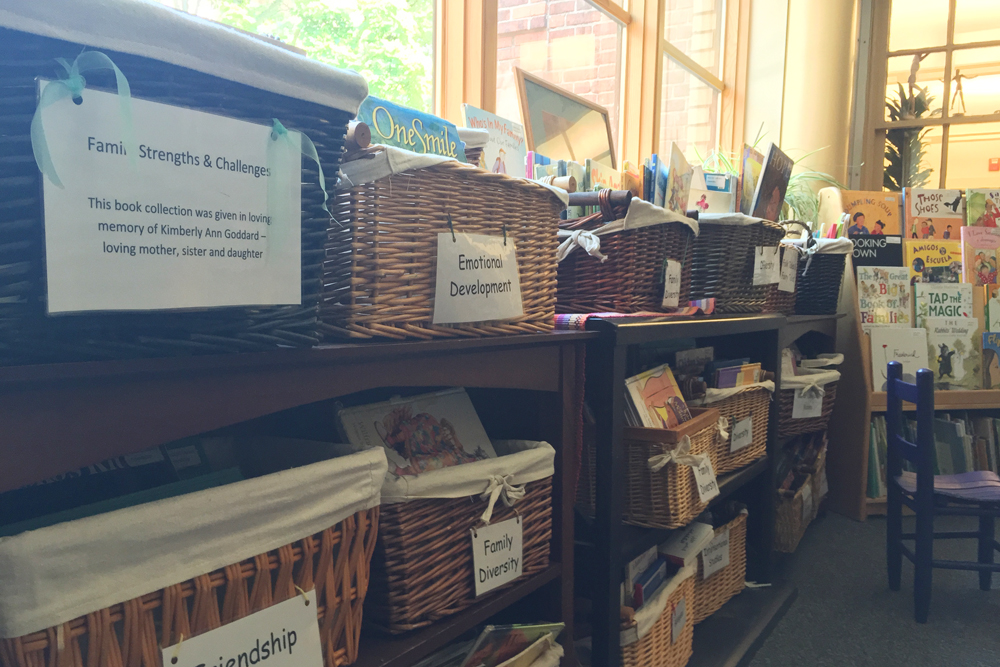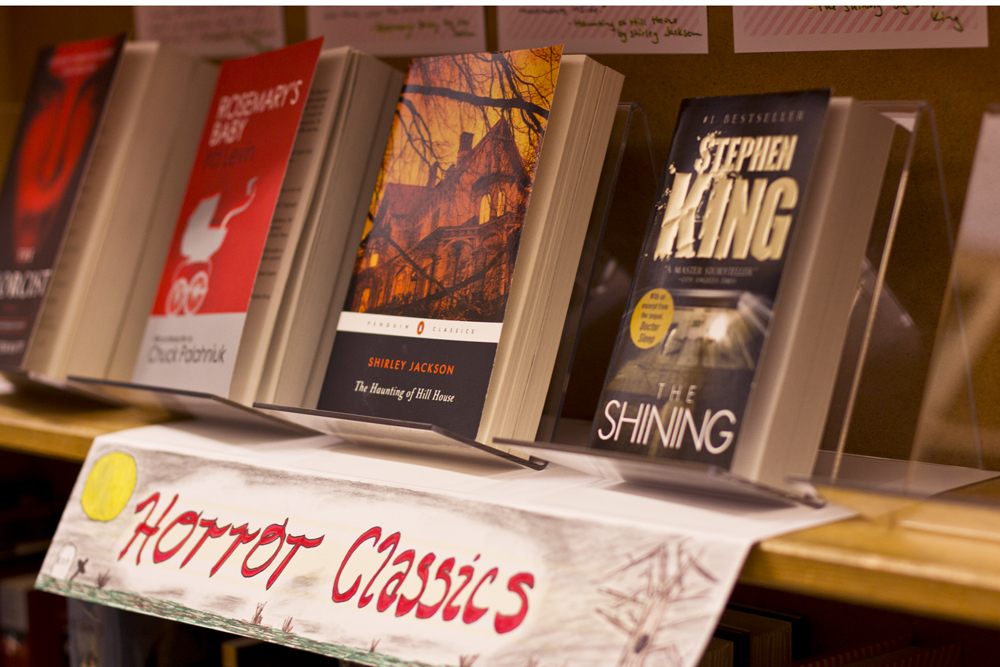The books that we give our children to read are incredibly important, perhaps even more important than anything we will ever read as adults. From the very first books that we learn to read (or that our parents read out loud to us), we are setting a foundation for the way we will think and read into our adulthood.
If a book is bad, it will influence (however subtlety) the way we view the world and the books that we will pick up in the future. If the book is really, really bad, it has the potential to turn young readers off of books altogether.
However, despite all the reasons why we should pay close attention to the books we give our children, people are quick to dismiss children’s literature in many ways, simply because the books are marketed toward children. It doesn’t seem like such a big deal if the characters in a children’s book aren’t fully developed or make decisions outside of their character, because children aren’t likely to know the difference.
A young reader isn’t likely to be able to tell if a book is poorly written, includes badly thought-out characters or moral ambiguity, at least not on a conscious level. As long as the book isn’t obviously inappropriate or full of curse words, why should we care?
Some might argue that we shouldn’t be worrying so much about children’s books because kids are smart. It’s not too difficult to be able to tell the difference between right and wrong, and some people would even suggest that a bit of darkness or ambiguity in a child’s book is what makes them more interested in reading.
Children aren’t stupid, but they are still learning the ways of their native language and the society that they live in. Just because they are capable of learning a lot, doesn’t mean we should try to trick them into learning something incorrectly.
Early last year, Patrick Rothfuss—perhaps better known as the author of The Kingkiller Chronicles—posted a review of Roald Dahl’s children’s book Esio Trot. For those of you interested, you can find the review on his Goodreads profile.
In his review, Rothfuss points out that the main character of the book, Mr. Hoppy, tricks his neighbor, Mrs. Silver, into marrying him after he’s also tricked her into getting rid of her beloved pet tortoise of 11 years. This doesn’t even touch on the fact that Mrs. Silver, the only woman in the novel, is a complete idiot. Doesn’t seem like a good example for children, now does it?
While Rothfuss might have gone a bit over the top in his review, he brings up a very valid point regarding children’s literature. The type of literature that fills our children’s heads with is just as important as the food that fills their growing bellies.
Even if the contents of Esio Trot aren’t inherently inappropriate, they do not set a good example for children. We shouldn’t be teaching our children that it’s okay to trick or lie to the people that we love, no matter the circumstances.
Roald Dahl’s book isn’t the only children’s book recently to garner criticism. From Little Zizi by Stéphane Poulin, which tells the story of a young boy who is bullied because of the size of his zizi (aka his penis), to My Beautiful Mommy by Dr. Michael Salzhauer, which follows the story of a young girl’s mother who elects to have plastic surgery, there are plenty of children’s books out there that are sending the wrong message to readers.
Books geared toward children should encourage learning and further interest into more difficult books, not bombard children with situations or ideas that they aren’t capable of handling at such a young age.
We should be putting just as much effort (or perhaps even more) into children’s book that we put into traditional literature. If children are supposedly the future, then we should be providing them with the very best books out there, books that will make kids want to read, encourage critical thinking and provide worthy examples of literature for all those young readers out there.
Children’s books shouldn’t be dumbed down or only talk about positive subjects, either. A lot can be learned from the occasional dark or uncomfortable situation in a child’s book. However, there is fine line between a potential learning opportunity and a situation that encourages unhealthy attitudes or actions.
Just because kids might not notice the books they are reading aren’t perfect doesn’t mean we shouldn’t try and make them that way.






